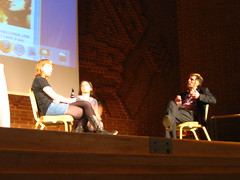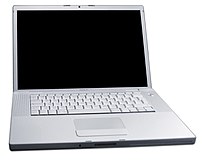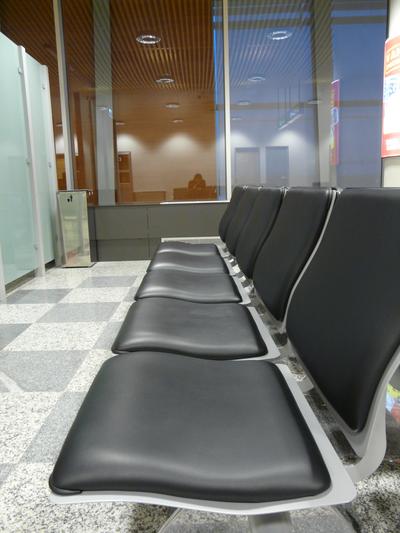 Image by adactio via FlickrSo I’ve come home from London where I visited the Future of Web Design conference. I decided to only visit the conference on Thursday, not the workshops on Friday. The reason for this is that I like to learn stuff by myself or by talking to other people – I’m not into group therapy.
Image by adactio via FlickrSo I’ve come home from London where I visited the Future of Web Design conference. I decided to only visit the conference on Thursday, not the workshops on Friday. The reason for this is that I like to learn stuff by myself or by talking to other people – I’m not into group therapy.
This was my first Carsonified conference, the makers of web apps which help you send large files and match advertisers and newsletters and also a resource for web developers, designers and entrepreneurs.
Their conferences happen often and I’ve thought of going to a few of them before but I’ve usually been too busy. I decided to go this year and I’m not sorry I did – even though I heard some harsh comments about the program. I liked the conference – most of the talks were thought provoking enough even when what I already knew most of what the speakers presented. I must agree with those that complained over the sponsored talks – the first one was weird to say the least and the second one seemed more pristine (or I was just in a more naive mood).
The venue was ok – it was big enough for the 850 crowd but the lounge was way to small. The food was lacking, another problem being drinks – fortunately one of the sponsors was kind enough to give out water at the beginning and me being smart enough to take one then since it ran out even before the conference started. I was surprised at how the breaks were set – I would have expected them to be shorter and the lunch break to be longer – there was a huge crowd that had to find something to eat and be back in 30 minutes.
The pre-party sponsored by Media Temple was held in a pub with an open bar. It was great, but I was tired as hell so I left quite early. The after party was a completely different story – the free drinks ran out in the first 40 minutes, the club was way too small and the music was way too loud. I ran into Andy Clarke and invited him to Slovenia to speak at Spletne urice – I hope he’ll have time to come this year and share his views on the future of the web.
All-in-all it was a good conference with a few shortcomings and it’s well worth buying the conference in a box package.
I’ll also be speaking about the conference this Wednesday at Spletne urice with some of the other Slovenian attendees.




